
World War I Aircraft
http://www.viewimages.com/Search.aspx?mid=3140057&epmid=3&partner=Google
9th November 1918 - 09 Nov 1918
Captured Plane
(Photo by A. R. Coster/Topical Press Agency/Getty Images)
http://www.diggerhistory.info/pages-battles/ww1/france/le_quesnoy.htmWestern Front
Le Quesnoy
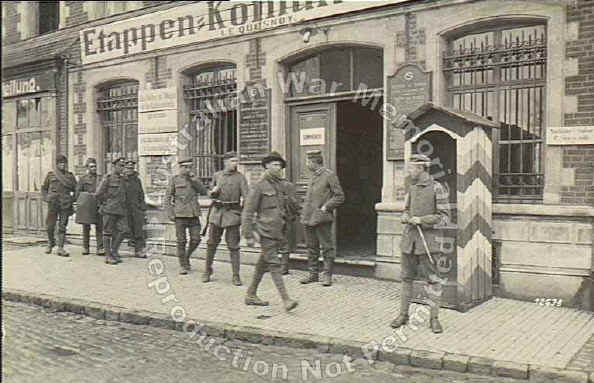
Le Quesnoy, France. September 1918. German Army soldiers outside the Headquarters of the German Army Commandant.
On the 4th November 1918, Le Quesnoy was a little town with 5000 French people still living there. Sited at 15 Kms south east of Valenciennes , west of the Momrmal Forest and less than 25 Kms from the Belgian border and the famous town of Mons.

The NZ Rifle Brigade at Le Quesnoy with artillery 4th/5th November 1918
The Germans had turned the town into a fortress using the Vauban ( Vauban was the military architect of Louis the XIV) style fortifications of moats and 60 feet high ramparts. Trenches, machine gun posts, artillery field guns and mortar positions were installed all around the walls and along the top of the ramparts.
The New Zealand Division was given the task to take the town. In the process to limit civilian casualties it was planned to keep the Germans on the ramparts busy with light weapons fire and to surround the town from North and South then to meet on the eastern side, and so to force the enemy to surrender.
On the 5th November 1918, the attack was launched. It was not easy fighting . Many German machine gunners fought till the end, many sniper nests had to be mopped up. But the assault advanced well according the plan. By mid day both flank movements were able to meet at Herbignies village, sited just 1 mile east from Le Quesnoy. About 500 Germans had been taken prisoners but the German defenders in Le Quesnoy did not want to give up.
So it became obvious that the small town had to be assaulted. Recce patrols gave information that the German positions were cleverly organised nearby the moat and causeways of outer positions. Ramparts were also high.
Fortunately and after several attempts , the Kiwis got nearer the outer ramparts. 2nd Lieut Francis Evans 4th NZRB leading a strong patrol took a German machine gun position near the outer moat. Some of the Germans were seen running to the moat and calling his men .
Under the cover of the maze of moat , mist and smoke the Kiwi officer followed the enemies and reached the foot of the outer ramparts where Germans were unable to shoot him. But the smoke started to clear . Evans and his men became easy targets. Evans was killed… and the survivors simply pinned down by enemy fire and hand grenades.
In the way to spare lives, the New Zealanders sent German prisoners in the city with message to propose the surrender . Germans refused again. Le Quesnoy was still a hard nut to crack.
The 4th NZ Rifle Brigade commanding officer , Lieut Col Barrowclough decided to launch a new assault . German inner defences became the target of British artillery fire and smoke barrage. With great bravery and determination the Kiwis went over the top and reached the high inner walls .Then here was a blocked up bridge across the moat from which with scaling ladders the top could be reached. With 2 or 3 ladders the Kiwis climbed up the ramparts and swarmed up. Barrowclough was among the assaulters. Most of the German soldiers surrendered.
Officially the first New Zealanders to enter the Town were Lt H.C. KERR and 2nd Lt A.C. Averill . Casualties were over 200 for the Kiwis and about 250 Germans had been killed.. 700 others Germans had been taken prisoners ( some documents are saying 1000) and 5 artillery field guns, 11 trench mortars, 45 machine guns as well.
Today in Le Quesnoy there are two streets bearing the names of New Zealand. On the ramparts beside the site of the assault the NZ memorial depicts soldiers climbing these walls just 7 days before the Armistice was signed.
Lt Francis Evans is today Resting in Peace with many of those who died at Le Quesnoy at Romeries British cemetery.
For a Froggy like me he is for me a true example of the bravery and the achievement of the Kiwis in the Great War . He came from New Zealand to fight for freeing us and to die in 1918 on XVIIth century ramparts.
Yves Fohlen 26 June 2003
http://www.viewimages.com/Search.aspx?mid=3292897&epmid=1&partner=Google
1918 - 01 Jan 1918 American soldiers guarding German POWs
http://firstworldwar.cloudworth.com/german-empire-kaiser.phpHerero offered apology for 1904 German massacre

German Soldiers - Army of Kaiser -- category
The descendants of Lothar von Trotha, a German military commander who instigated the mass slaughter of Herero people, have met with their representatives to apologise for the actions of their ancestor. Representatives of the von Trotha family visited the chiefs of 6 Herero royal houses Omaruru, after an invitation from Alfons Maharero, the grandson of Samuel Maharero who led the wars against the German incursion in 1904, to express regret. Wolf-Thilo von Trotha said: "We ... are deeply ashamed of the terrible events that took place 100 years ago. Human rights were grossly abused that time. We say sorry, since we bear the name of General Lothar von Trotha".
2007-10-15 | by ligali | German Soldiers - Army of Kaiser
http://www.firstworldwar.com/photos/sketches.htmVintage Photographs - Sketches and Paintings
Updated - Saturday, 27 May, 2006
bundeswehr ( german army )
Sketch of the German Army marching through Belgium (NW)
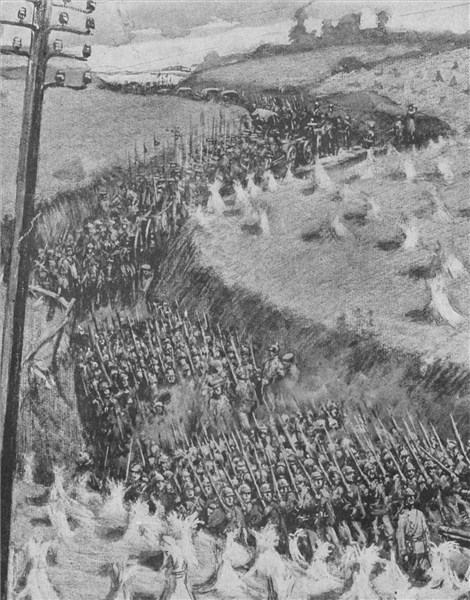
Sketch of a pontoon bridge destroyed by British in face of Uhlans (NW)
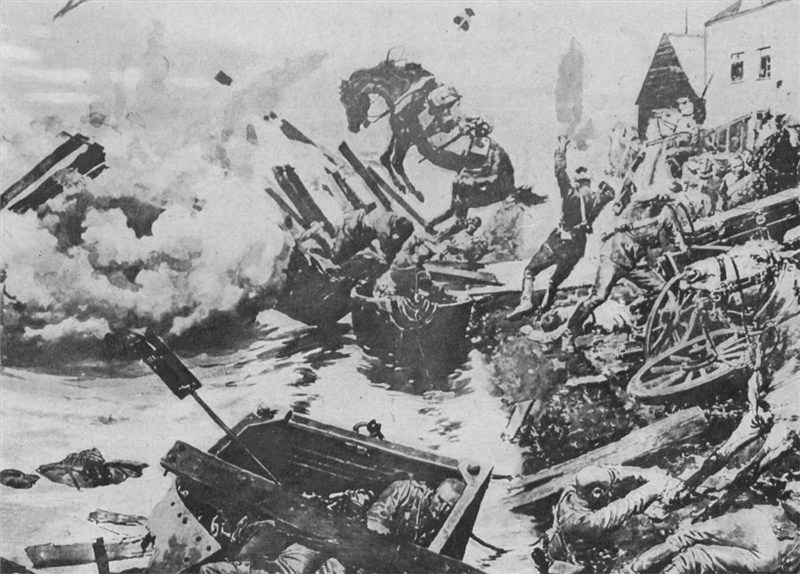
Sketch of Uhlan patrol surprised by Belgian armoured car (NW)
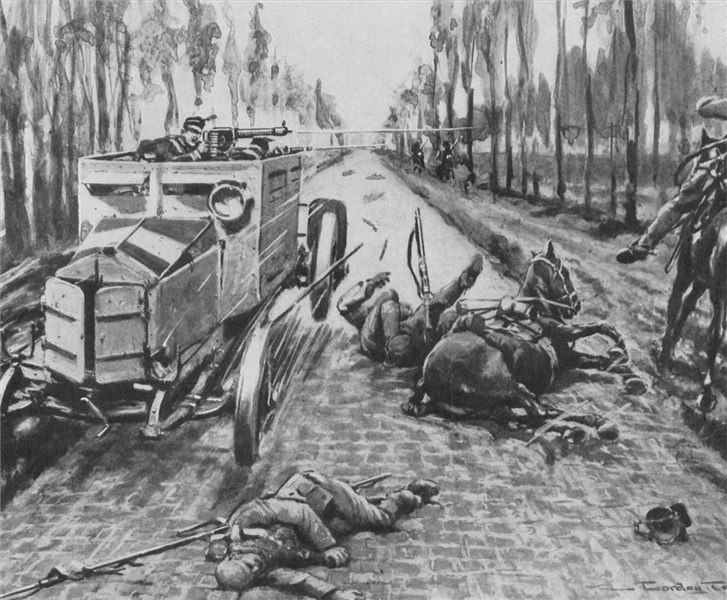
Germans storming a British trench at Ypres wearing gas masks (NW)
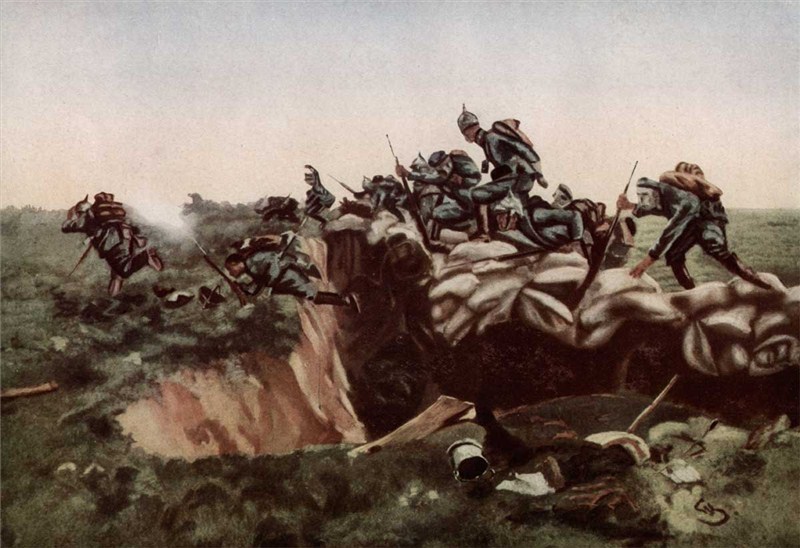
British officer's achievement in downing Zeppelin near Ghent (NW)
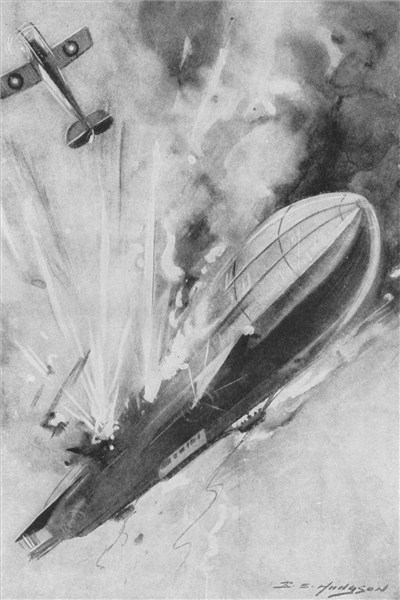
Sketch of portion of the town of Kalvaria following German shelling (NW)
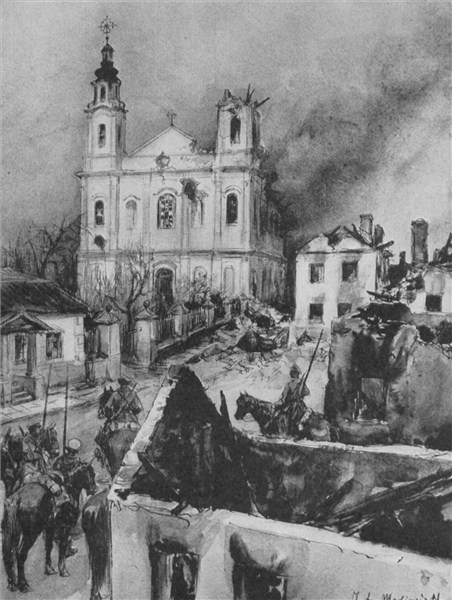
Sketch of German cruiser sinking while continuing to fire (NW)
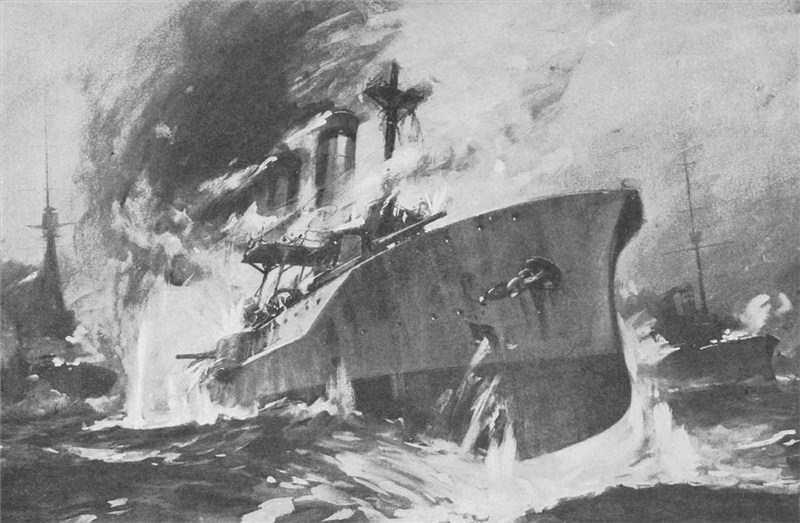
Sketch of Cossacks raiding a German motor supply train (NW)
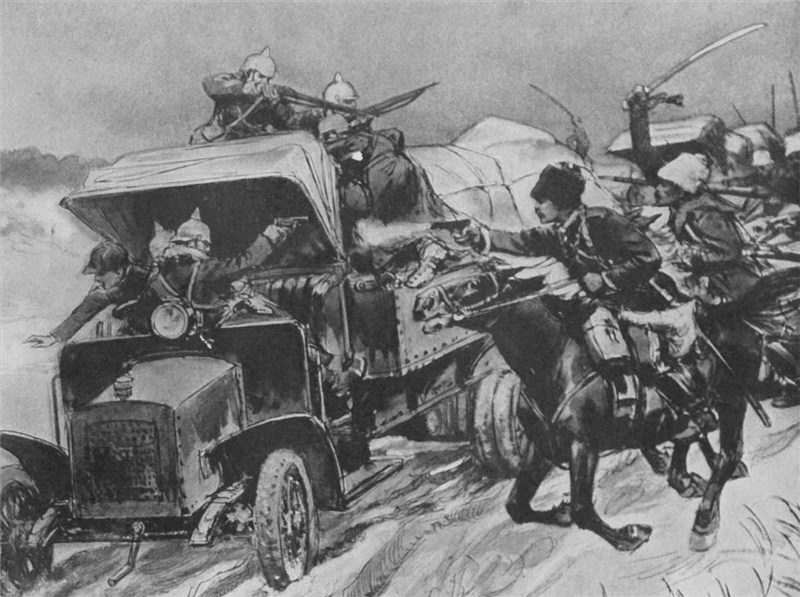
Sketch of spies taken from a haystack by Cossack soldiers (NW)
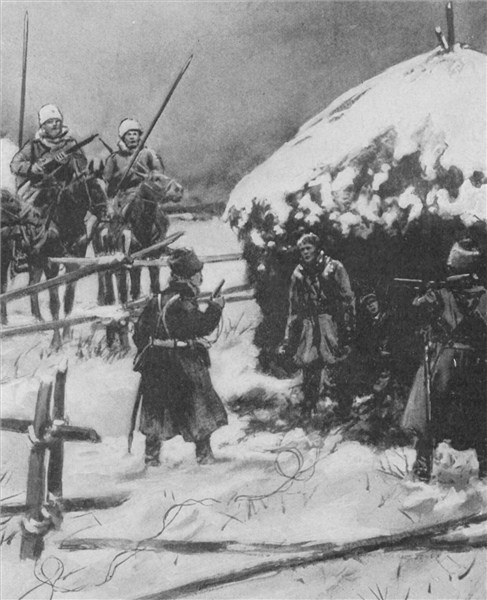
Sketch of a British destroyers sinking a German submarine (NW)
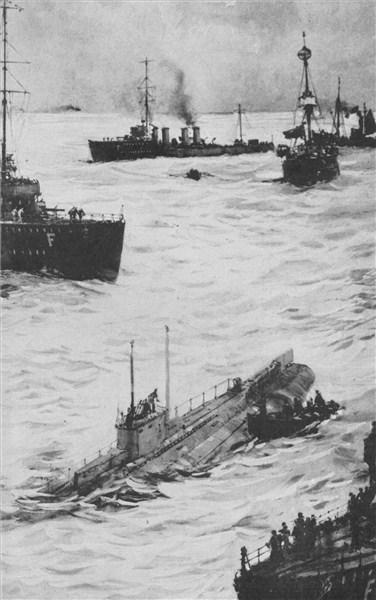
The sinking of the 'Falaba', 28 March 1915 (GW)
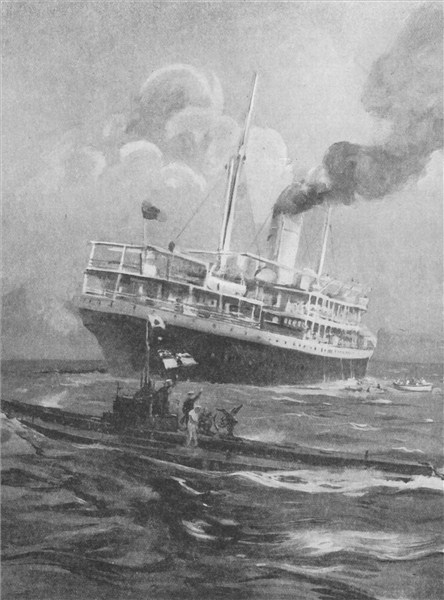
Sketch of the sinking of the 'Falaba' (NW)
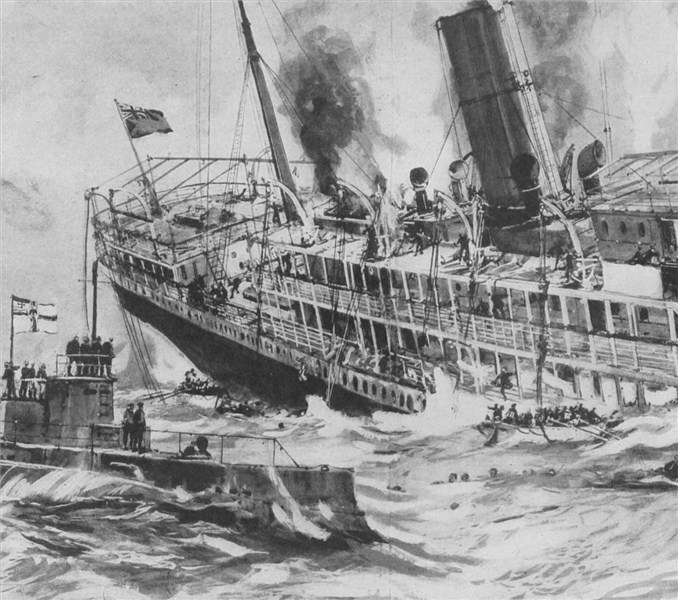
Sketch of fighting near Ypres (NW)

Sketch of captured German submarine UC5 (MF)
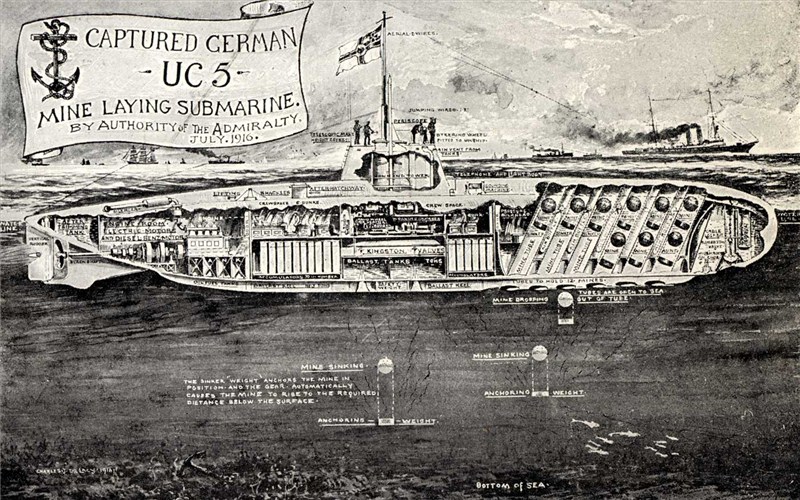
Sketch of explosion of a German 'Jack Johnson' (NW)
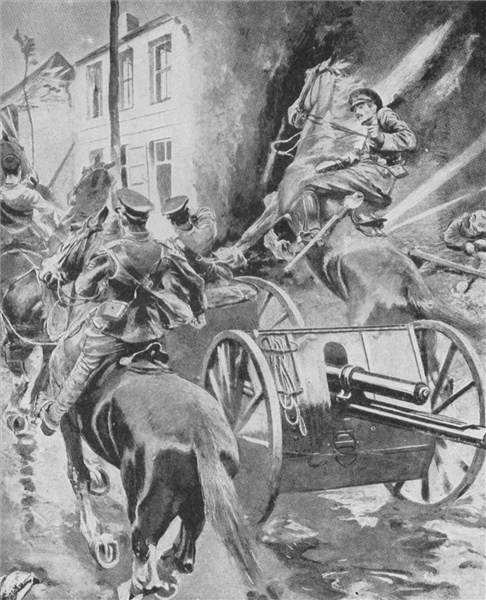
Painting of alleged German brutalities at Senlis on 2 Sep 1914 (HW)
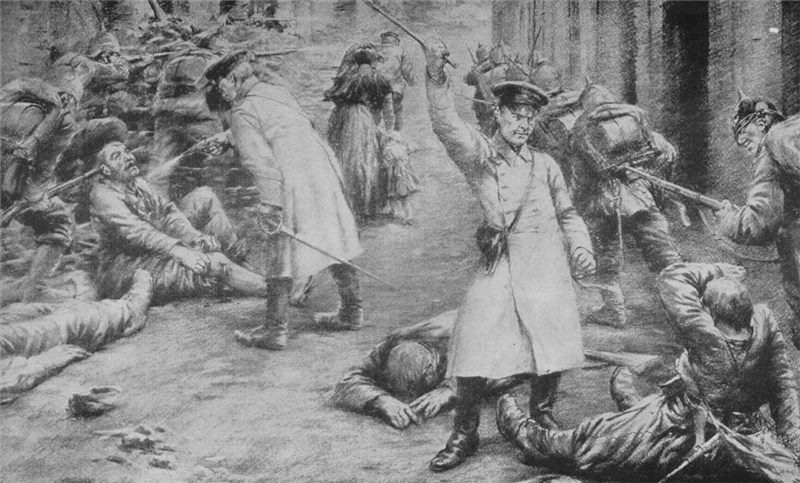
A Zeppelin flying over a British submarine in a stormy sea (HW)
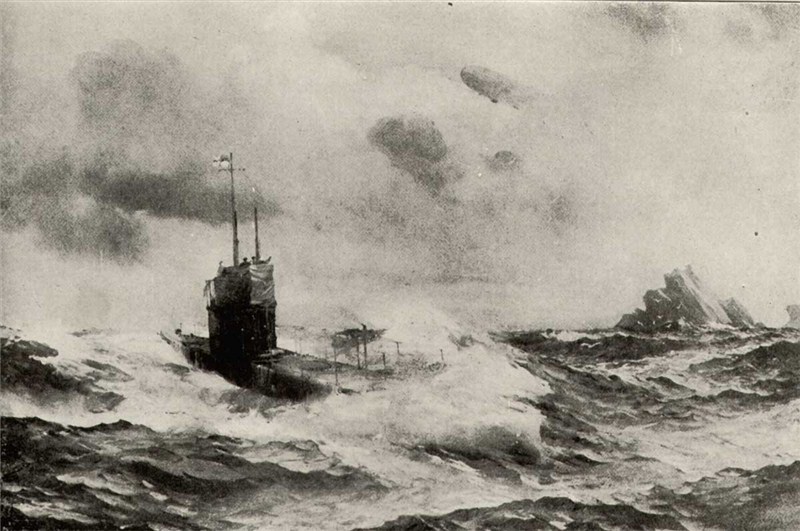
Sketch of a destroyer escaping a torpedo attack (HW)
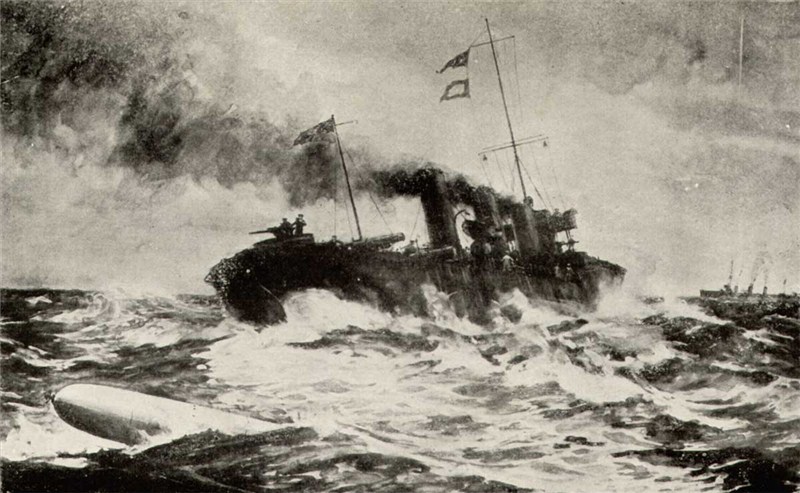
Watching gunfire from a ruin near the German lines (HW)
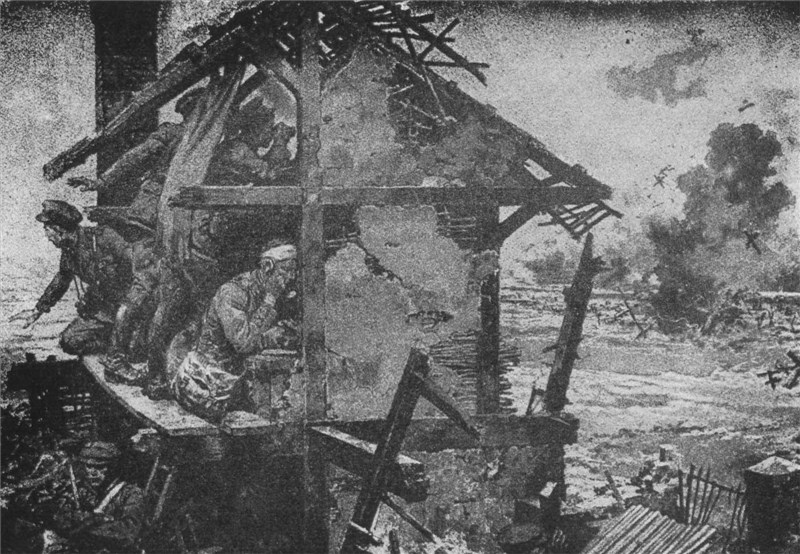
Torpedoing of the British battleship "Aboukir" (HW)

British forces advancing over captured German Somme trenches
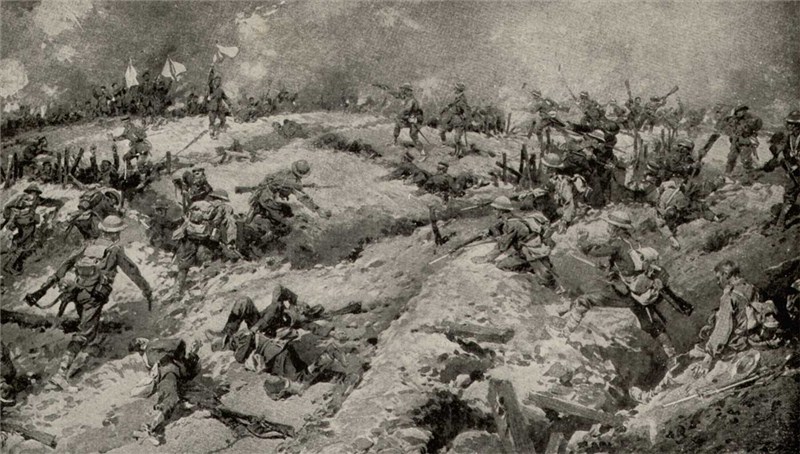
British troops attacking German trenches in 1914 (HW)
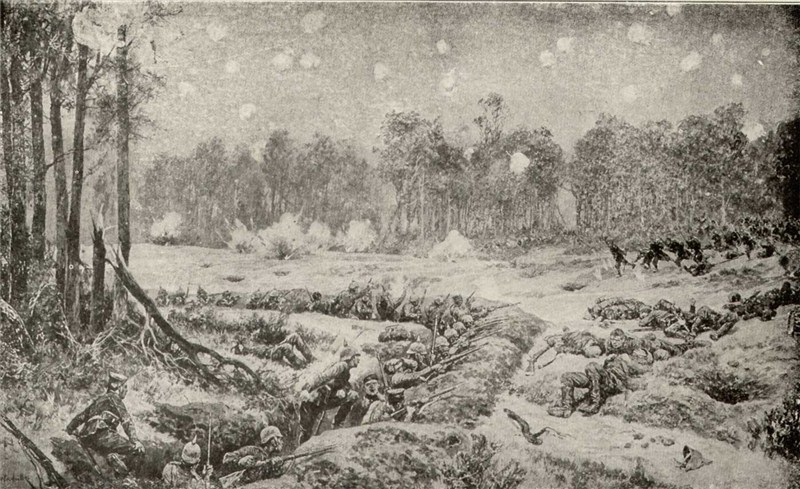
An aircraft about to attack a Zeppelin over England (HW)
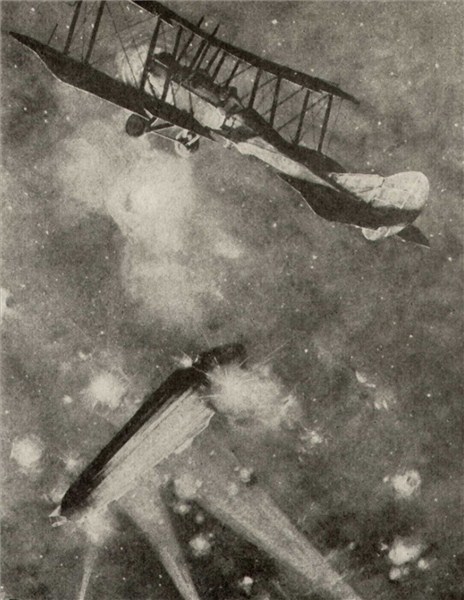
The shadow of the sea-plane reveals a submarine below (GW)
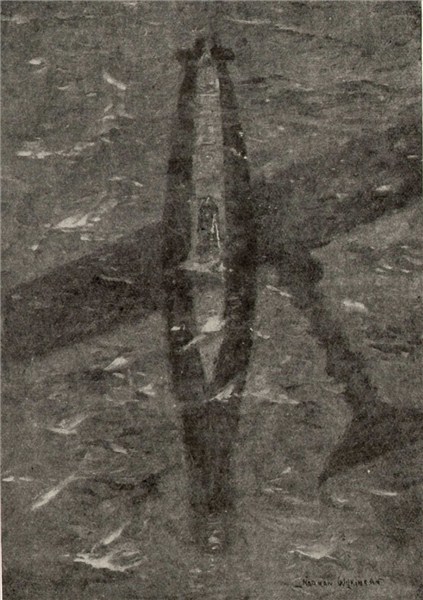
The end of the 'Blucher' in the North Sea, 24 Jan 1915 (GW)
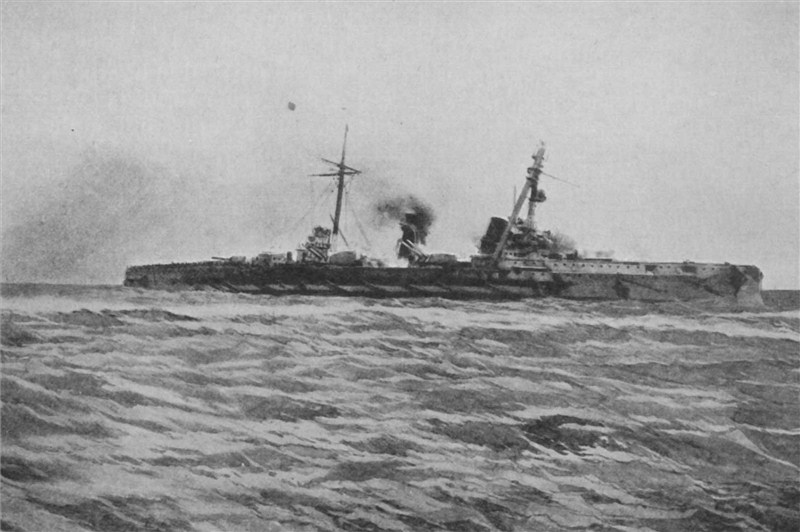
German cruiser Blucher torpedoed by the Meteor, 24 Jan 1915 (NW)

Sketch of German position at Hill 60 in early April 1915 (GW)
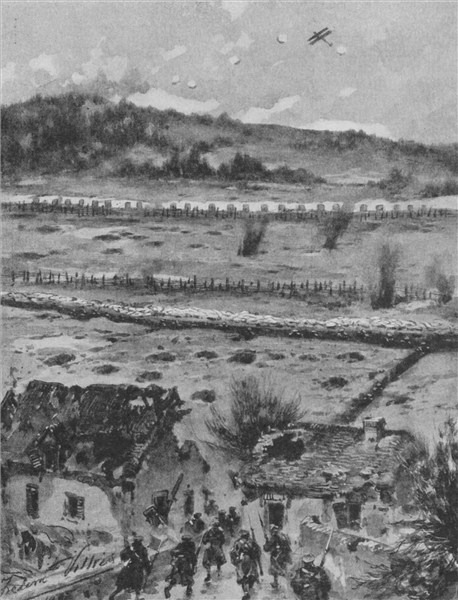
The sinking of the Lusitania (GW)

The 2nd Middlesex storming a blockhouse at Neuve Chapelle (GW)
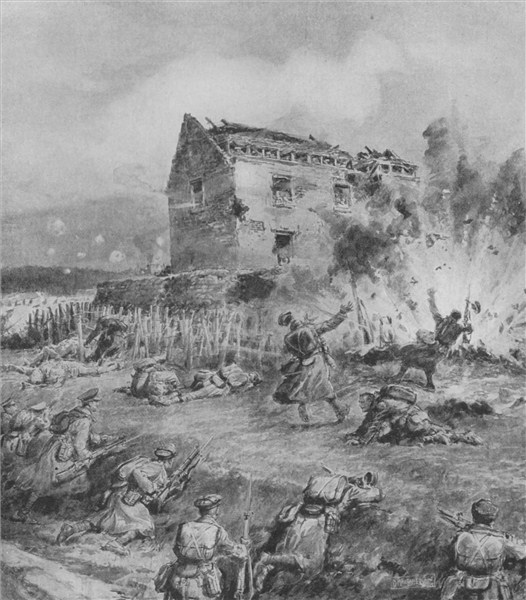
An armed duel at the Front (GW)
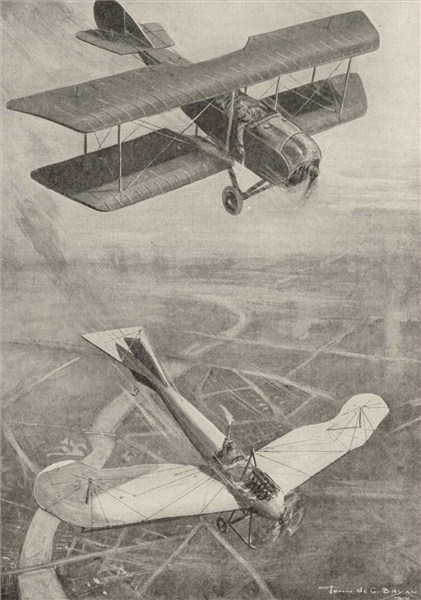
Sketch of the struggle for Armentieres (HW)
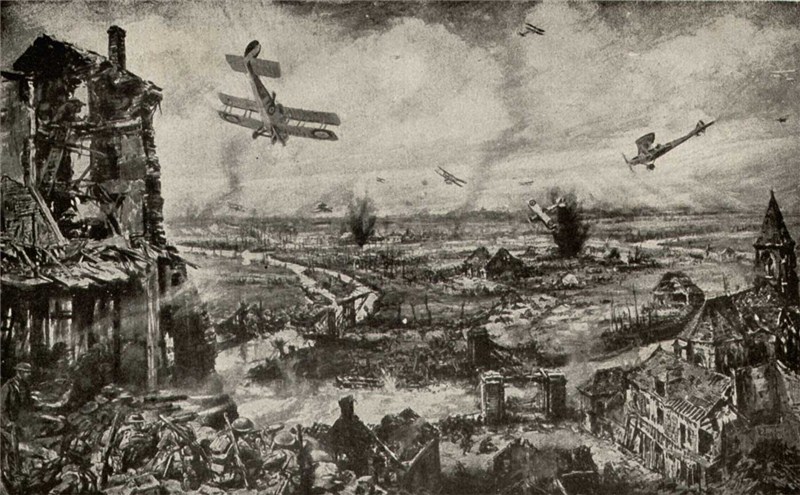
Sketch of a fight in a cloud of gas between British and German troops (HW)

A German battery trying to escape from the Flanders mud (HW)

British troops charging German trenches in gas masks (HW)
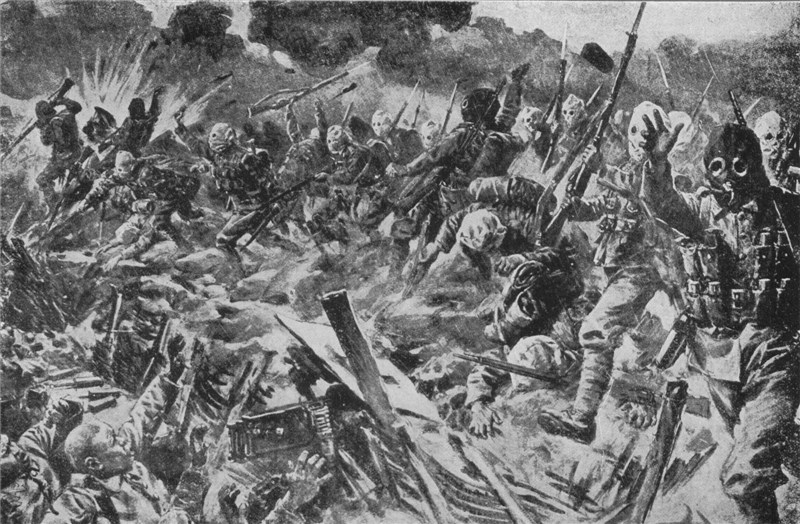
Sketch of Alpine chasseurs charging German lines on skiis (NW)
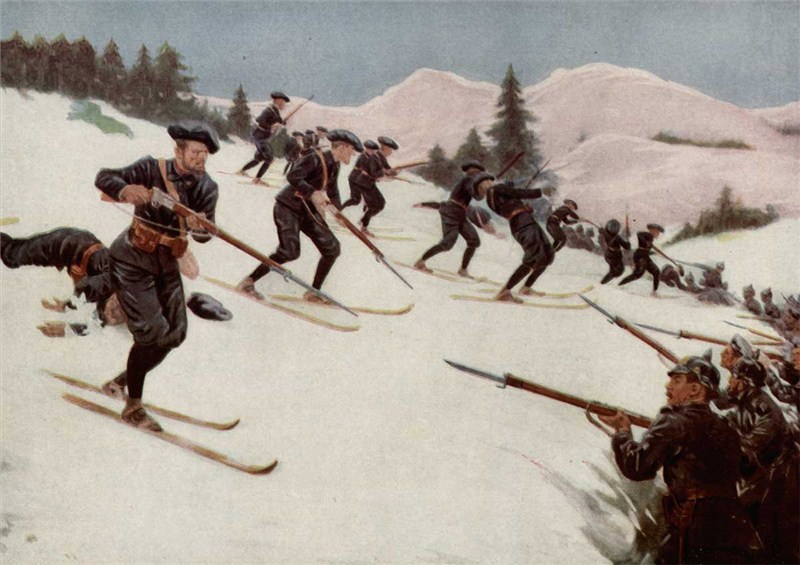
Sketch of Uhlan patrol ambushed by British machine gunners (NW)
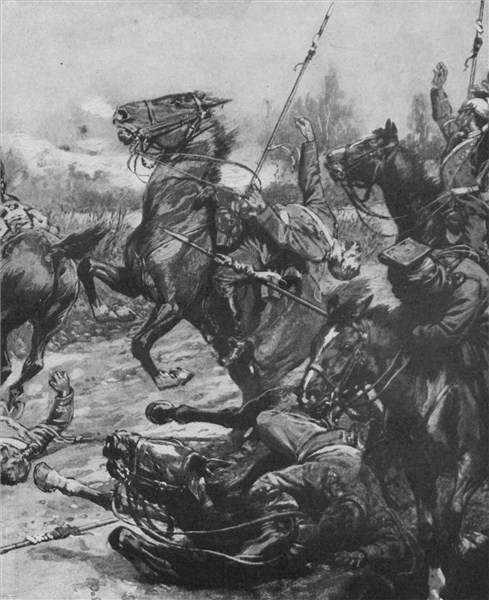
Sketch of a Zeppelin over London spotted by a searchlight (NW)
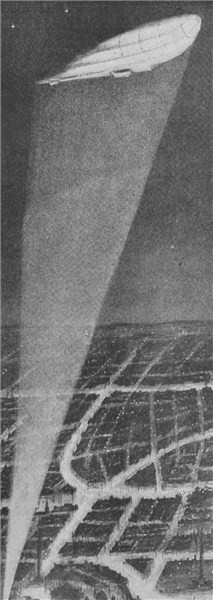
Sketch of German Taube brought to earth by Cossacks in Poland (NW)
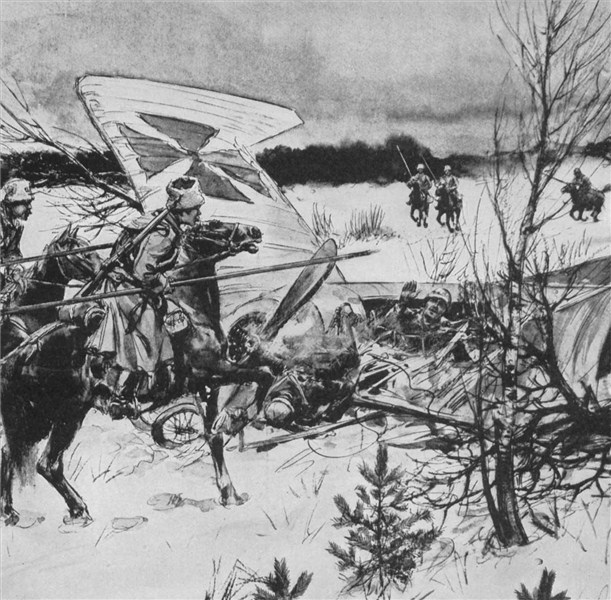
Sketch of Zeppelin L-15 brought down off the coast of Kent (NW)
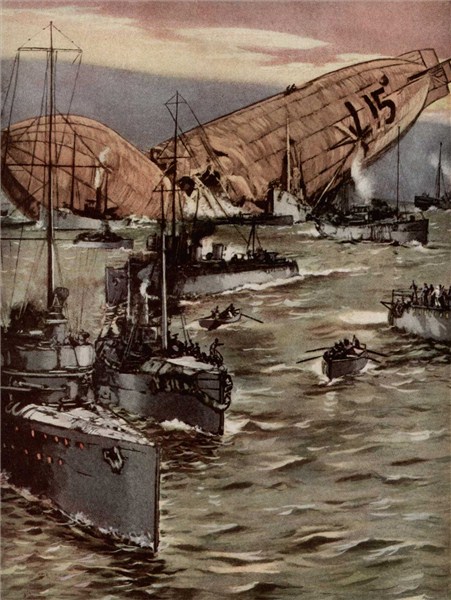
Sketch of clash between German and Russian advance guards (NW)
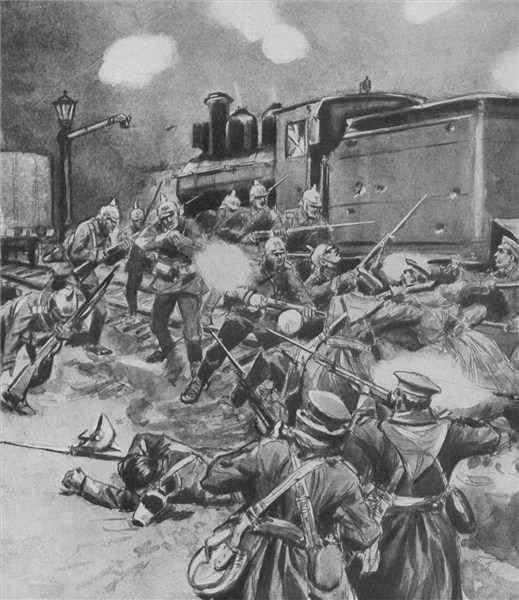
Sketch of a Great War battle as viewed from a Soissons housetop (NW)
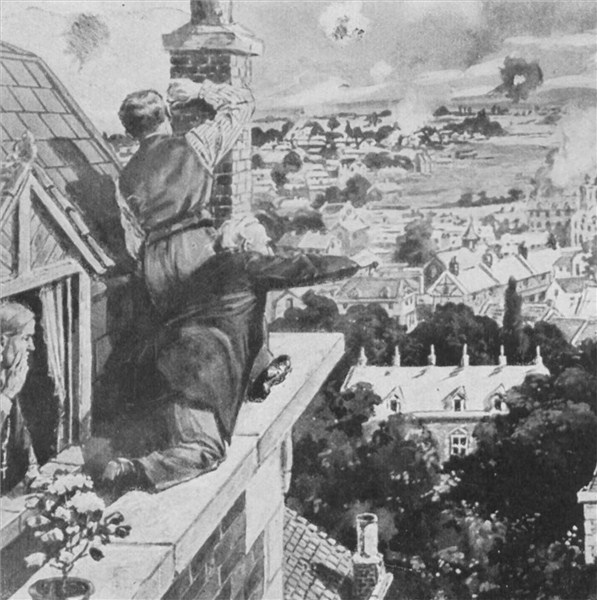
Sketch of German bases in Belgium raided by airmen (NW)
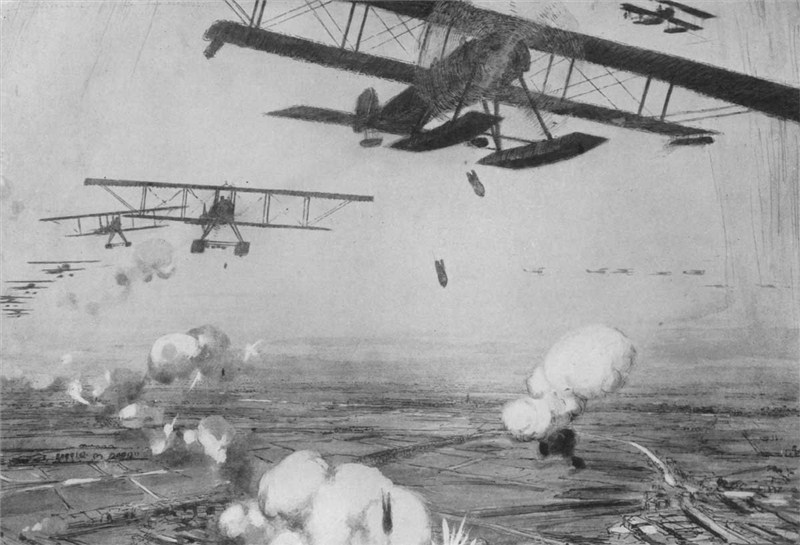
Sketch of an aerial duel within sight of Ypres (NW)
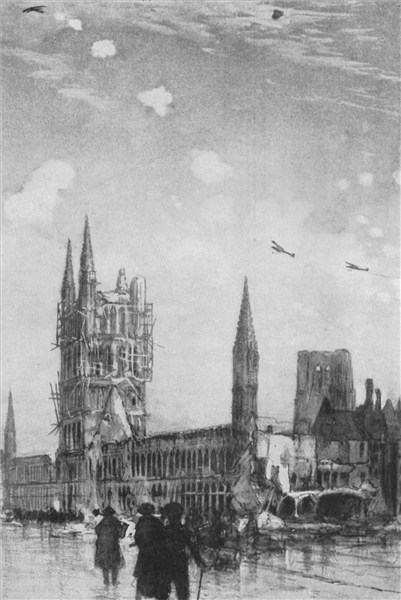
Canadians fighting at Ypres (NW)
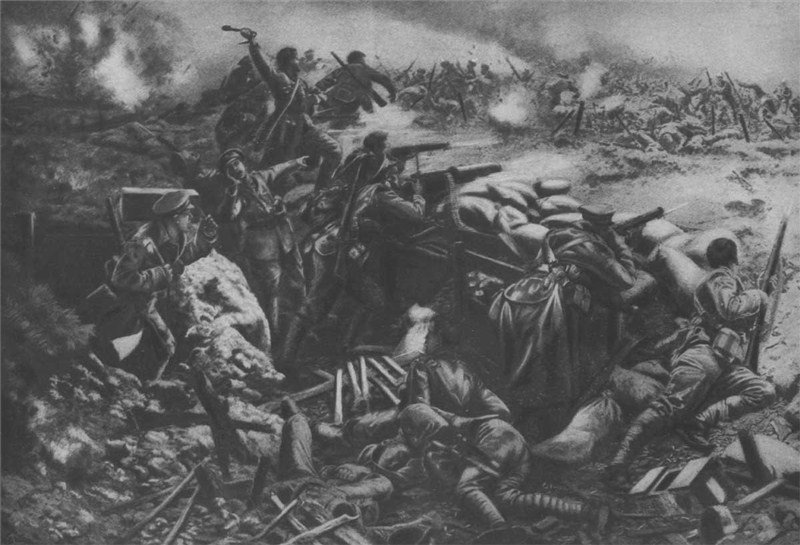
A British charge at Hooge, recapturing trenches lost to flamethrowers

The British Merchantman 'Clan MacTavish', sunk by the 'Moewe' (GW)
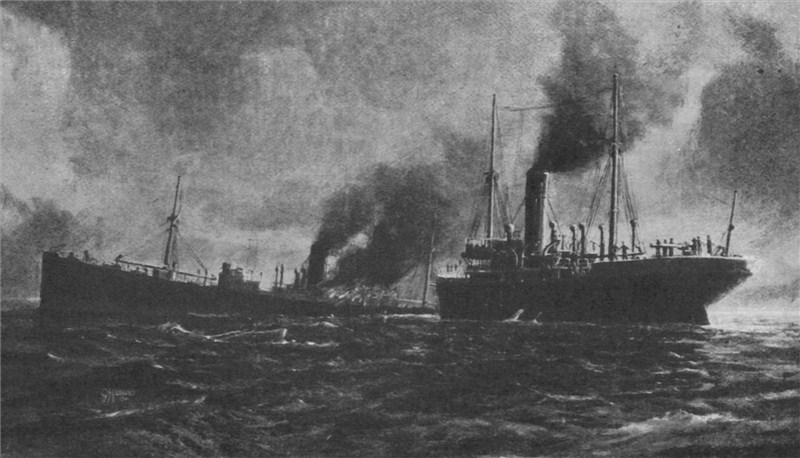
A duel in mid-air, drawn by a French aviator (GW)
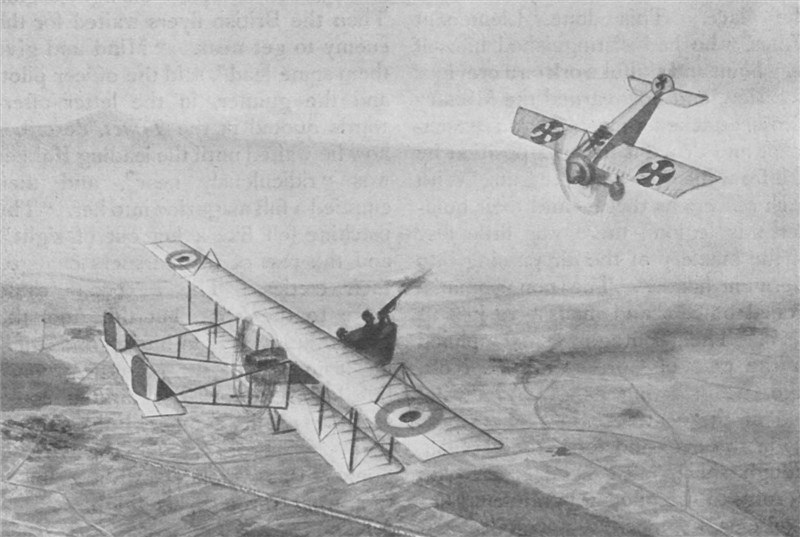
German flamethrower as used at Hooge, 30 July 1915 (GW)
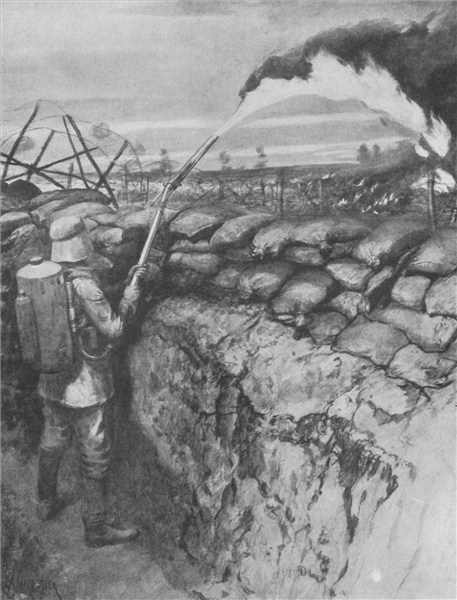
The Battle of Lone Pine Plateau, 6 August 1915 (GW)


























































